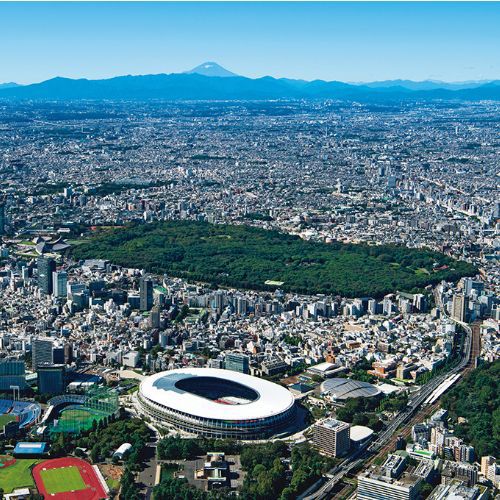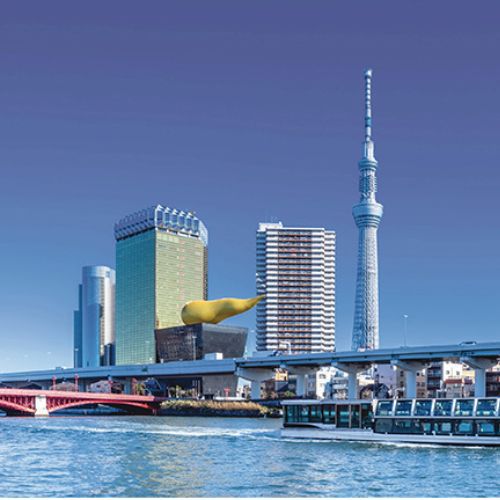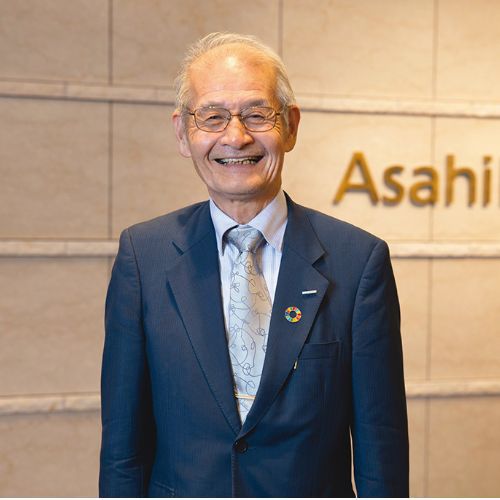In 1964, Tokyo hosted the second Paralympic Games, which was actually the first time that the word “paralympics” had been used. In 2020, while preparing to become the world’s first host of a second Paralympics, Japan is working to realize an inclusive society through sports.
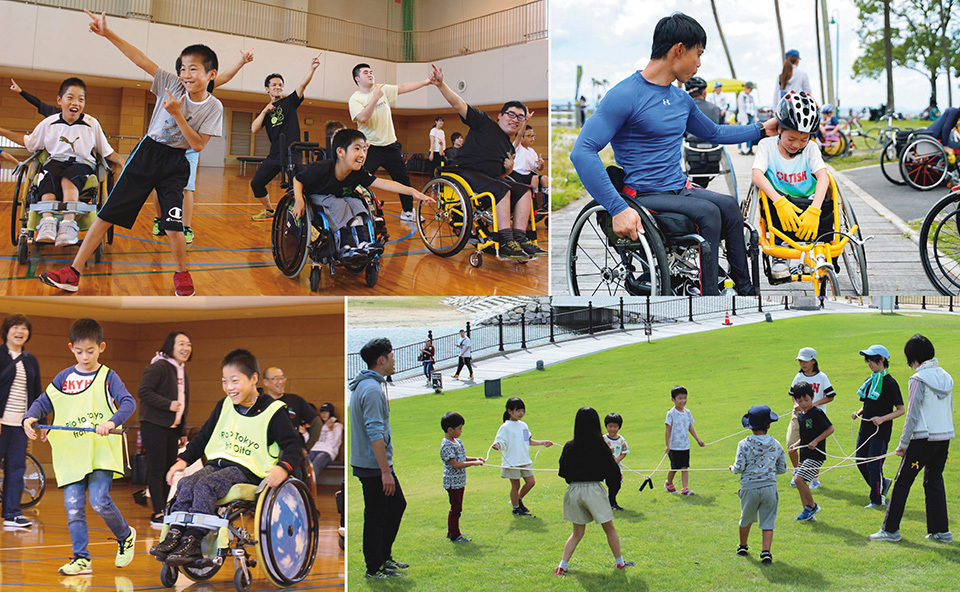
At a “Kids-Spocha” (Sports Challenge) event for local children with and without disabilities supported by Honda Sun, all children can experience the joys of sports while exercising.
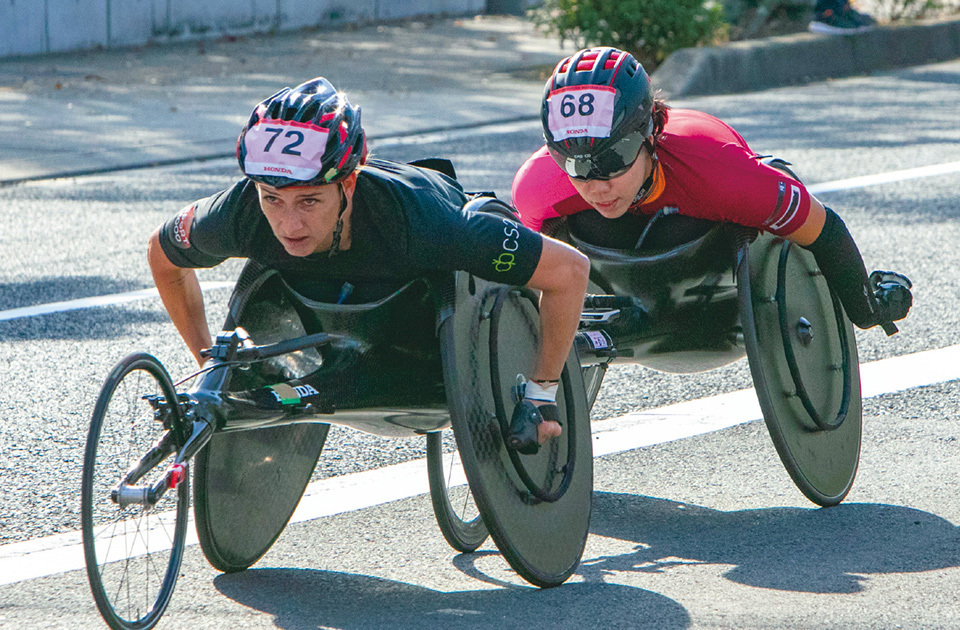
Manuela Schar (left), a Swiss athlete who won the 2019 Oita Wheelchair Marathon, and KINA Tsubasa, who took second place and set a new Japanese record. Both athletes used the Kakeru.
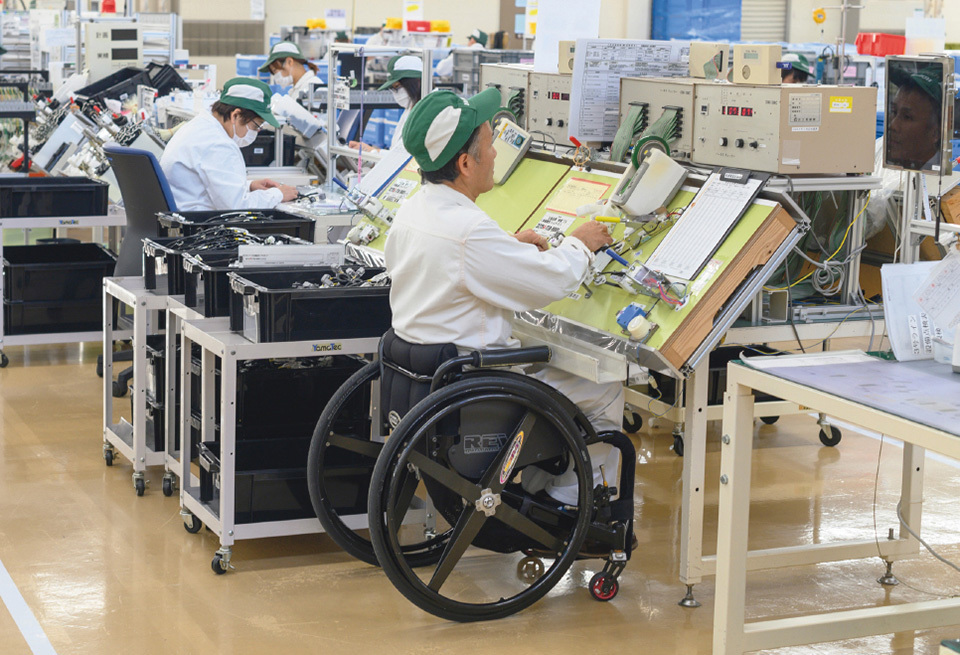
Honda Sun, which employs 192 people. A positive work environment has been created by elaborating on the height and angle of the worktable, allowing all employees the same ability to work.
The world’s first international wheelchair-only marathon was held in Oita prefecture in 1981. It has now become a magnet for top-level athletes worldwide. In 2019, the marathon served as a preliminary skirmish for Tokyo 2020, and it was here that the world’s first full-carbon-frame wheelchair “Kakeru” supported the victory of Swiss racer Manuela Schar, and set new world records. The Kakeru is prized by the world’s top athletes for being lighter than conventional aluminum-frame wheelchairs, with superior acceleration and driving stability. Schar, who praised the Kakeru for the beauty of its carbon-fiber-frame and its high performance, said “it’s pretty unique because it’s the first wheelchair that has a damper and most of the parts are contained inside the frame. I think it’s really fast in a downhill race.”
The team supporting the development of the wheelchair for racing comprises Honda Motor Co., Ltd. (hereafter ‘Honda’), Yachiyo Industry Co., Ltd., and Honda Sun Co., Ltd. Honda Sun, which has its roots in Japan Sun Industries, a firm in Oita, was founded in 1965. The company is based on the concept of promoting the social independence of physically or mentally challenged people, and was established as a Honda subsidiary in 1981 by HONDA Soichiro as a place where disabled and able-bodied people could work alongside each other.
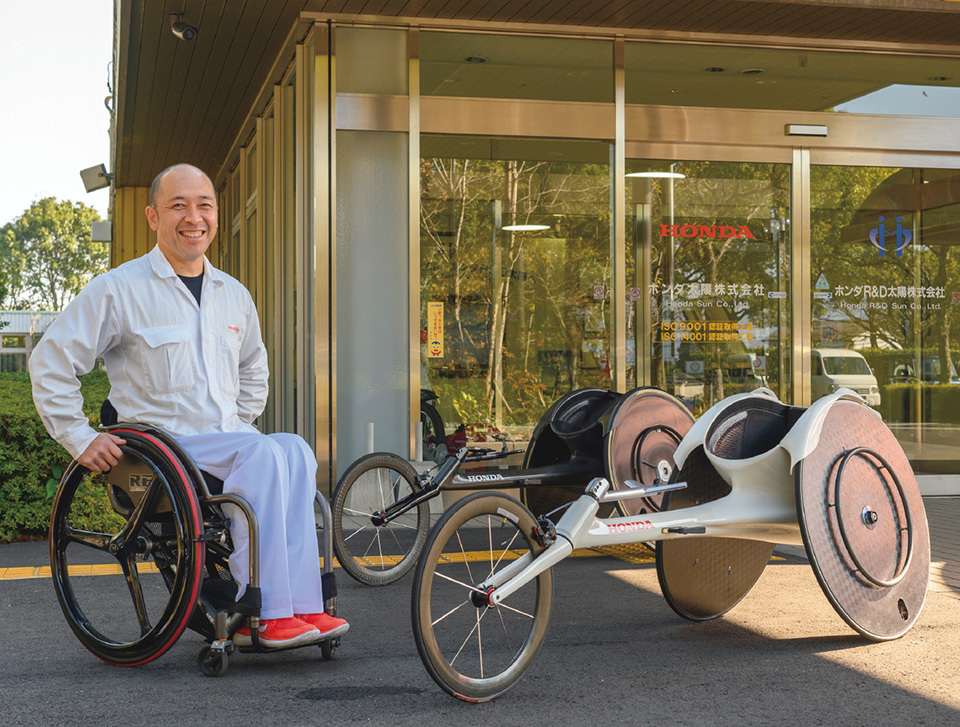
KAWAMURO Ryuichi, an employee of Honda Sun and a competitor in full wheelchair marathons. He says, “As long as I train whenever I find the time, my performance improves. Now, I work in the mornings, and the whole afternoon is filled with training.”
There are many marathon racers at Honda Sun, some of whom inaugurated a study group for the development of wheelchairs for competitive sports in 1993. The group teamed up with Honda to start developing a model for track events, hoping “to make the lightest wheelchair in the world.” The technical development project that these athletes and technologists cooperated on produced a Japanese-made racer that was the envy of the world. Moreover, Honda Sun supports sports events for all children to experience the joys of sports. HOSHINO Hiroshi, the president of Honda Sun, says “We would like to expand the range of participants in disabled sports through this event.”
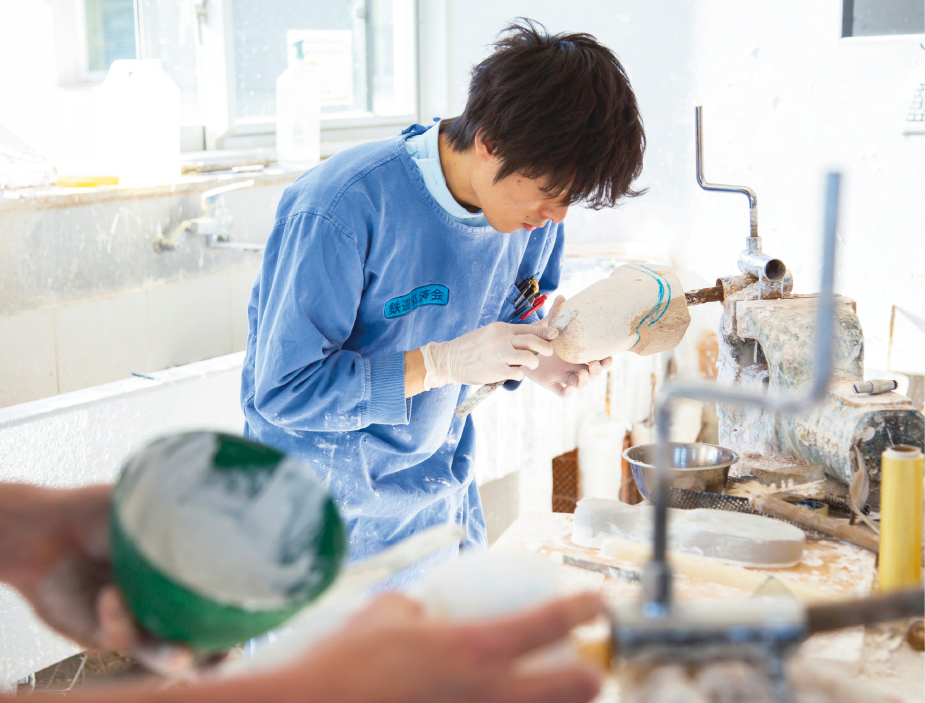
Prosthetists and orthotists in their 20s and 30s are also getting more active. Looking towards Tokyo 2020, the center aims to “provide prosthetists and orthotists to support the athletes as much as possible.”
Meanwhile, in Tokyo, a center for supporting the first steps towards an inclusive society through sports has also been established: the Tetsudo Kosaikai Foundation Prosthetics and Orthotics Support Center. The center runs the only facility in the private sector in Japan where rehabilitation and manufacture of prosthetics and orthotics are carried out under one roof.
In addition to prosthetics for daily living, the center became involved in research and development on an artificial leg designed for sports, which is called the “spring blade,” as well as developing and fine-tuning artificial limbs for athletes to use in the Paralympics. In 2017, the center started holding periodic track meets, called “The First Step.” These meets are intended for first-time users of the sports prosthetic leg. The event draws participants ranging from primary school students through seniors in their 60s, and encourages them to take their first steps as runners, which is particularly difficult with ordinary prosthetic legs designed for routine use.
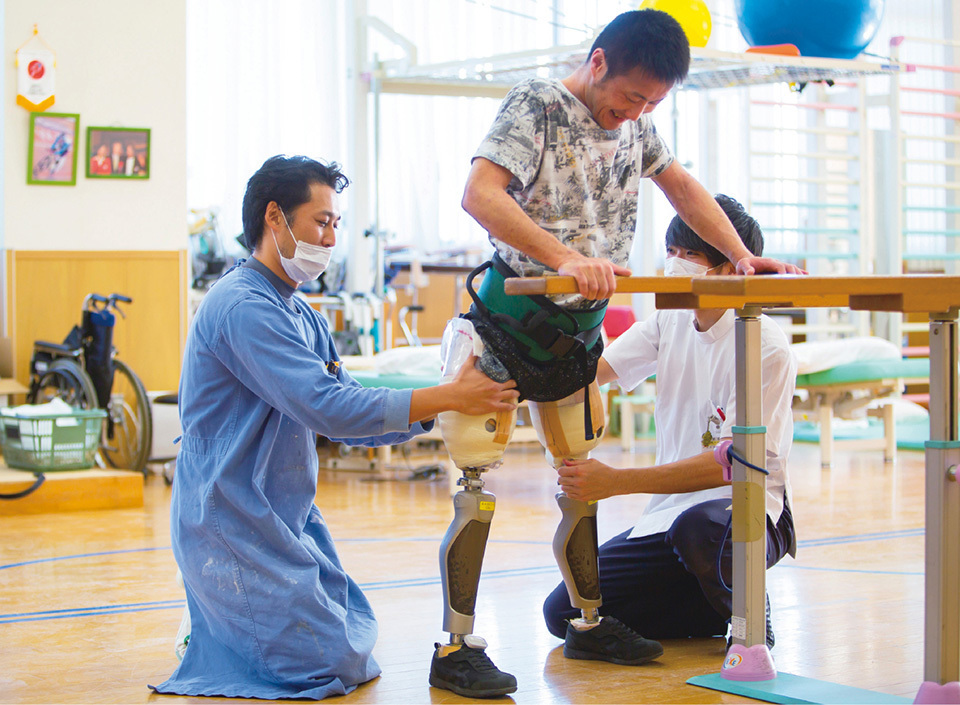
At the center, a regular staff of about 30 specialists in prosthetics and orthotics (left), with physical therapists (right) supports users from around the country.
The Support Center also facilitates school visits by experts to promote better understanding of disabilities and para-athletics. NAKANO Hirofumi, general manager of the Support Center, states that “By explaining prostheses and orthotics and letting young children touch and feel them, we hope to create an environment in which it is ‘perfectly normal’ for a person to use one of these devices.”
Tokyo, and all Japan, through hosting sporting events that fascinate everybody regardless of their physical ability, continues to progress steadily towards realizing an inclusive society.


























